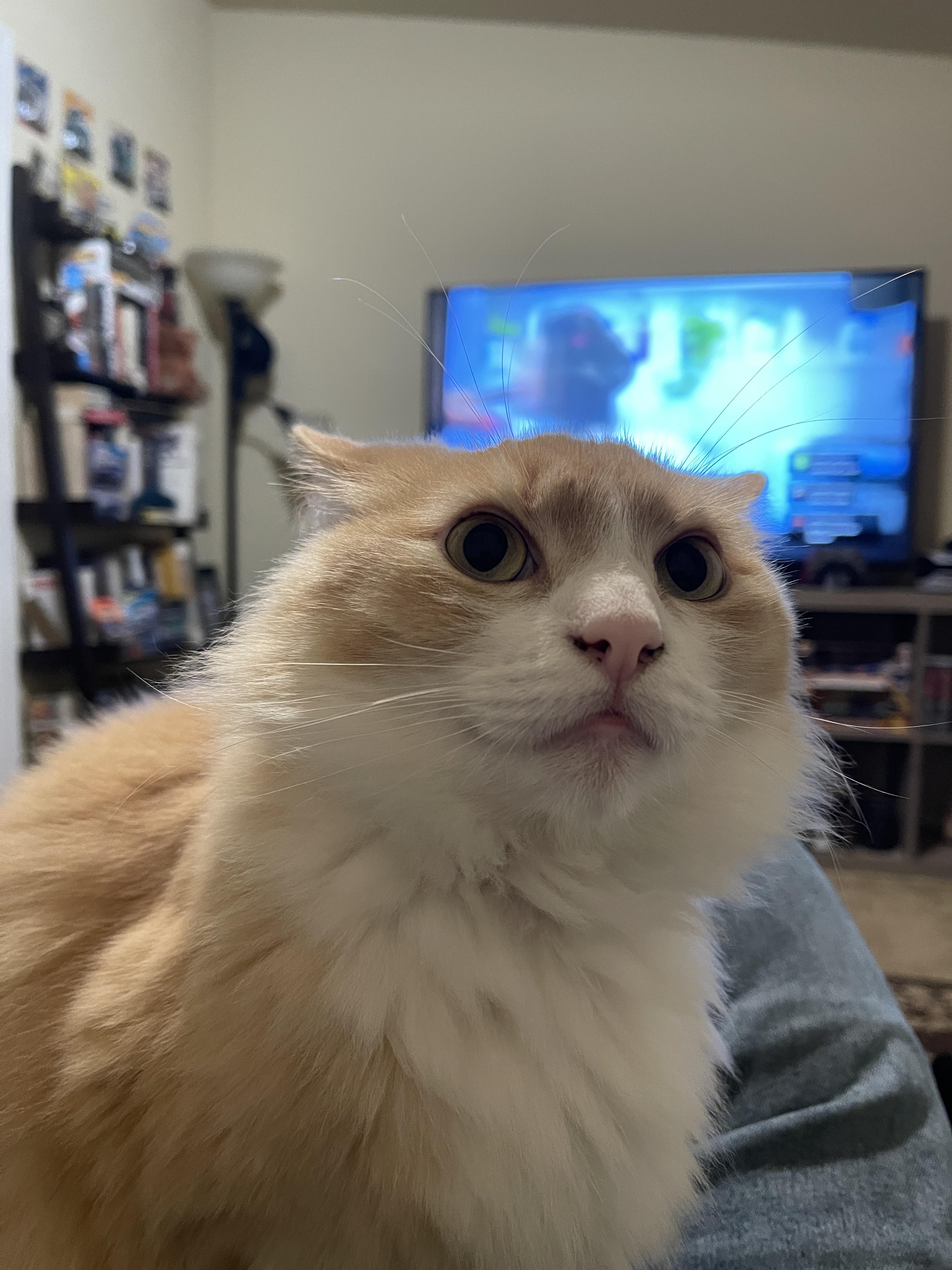Those claiming AI training on copyrighted works is “theft” misunderstand key aspects of copyright law and AI technology. Copyright protects specific expressions of ideas, not the ideas themselves. When AI systems ingest copyrighted works, they’re extracting general patterns and concepts - the “Bob Dylan-ness” or “Hemingway-ness” - not copying specific text or images.
This process is akin to how humans learn by reading widely and absorbing styles and techniques, rather than memorizing and reproducing exact passages. The AI discards the original text, keeping only abstract representations in “vector space”. When generating new content, the AI isn’t recreating copyrighted works, but producing new expressions inspired by the concepts it’s learned.
This is fundamentally different from copying a book or song. It’s more like the long-standing artistic tradition of being influenced by others’ work. The law has always recognized that ideas themselves can’t be owned - only particular expressions of them.
Moreover, there’s precedent for this kind of use being considered “transformative” and thus fair use. The Google Books project, which scanned millions of books to create a searchable index, was ruled legal despite protests from authors and publishers. AI training is arguably even more transformative.
While it’s understandable that creators feel uneasy about this new technology, labeling it “theft” is both legally and technically inaccurate. We may need new ways to support and compensate creators in the AI age, but that doesn’t make the current use of copyrighted works for AI training illegal or unethical.
For those interested, this argument is nicely laid out by Damien Riehl in FLOSS Weekly episode 744. https://twit.tv/shows/floss-weekly/episodes/744


Is it though? People memorize things very differently than computers do, but the actual mechanism of storage isn’t particularly important. What’s important is the net result. Whether it uses baysian networks (what we used in class for small-scale NLP), neural networks (what I assume LLMs use), or something else doesn’t particularly matter.
For example, a search engine typically only stores keywords and relationships, so there’s no way for it to reproduce an entire work (ignoring, of course, the “caching” features some search engines have). All it does is associate keywords with source material, so there’s a strong argument that it falls under fair use.
LLMs, on the other hand, process entire works and keep more than just keywords, and they store it in such a way that entire works can be recovered if coaxed. My understanding is that they break up words into something like sets of phonemes, and then queries do a similar break-up as input to the neural network to produce an output, which is then reassembled into text. But that’s my relatively naive understanding of how it all works (I’ve only done university level NLP, and that was years ago), but again, that’s really not the point here. The point is that it uses a lot more of the work than the typical understanding of “fair use,” and if copyrighted works can be reproduced by it, then the copyrighted work is “stored” in some fashion, so it can be thought of as a really complex form of compression, with tricky retrieval mechanisms. So in layman’s terms, it’s “memorizing” entire works in a way not entirely unlike a “mind palace”, and to reproduce a given work, you need the right input to follow the right steps, but a slightly different input will lead to a very different output (i.e. maybe something with similar content, but no copyright violations).
What’s at issue isn’t whether the LLM is likely to reproduce entire works, but whether it can and does, which would mean it’s violating fair use standards.